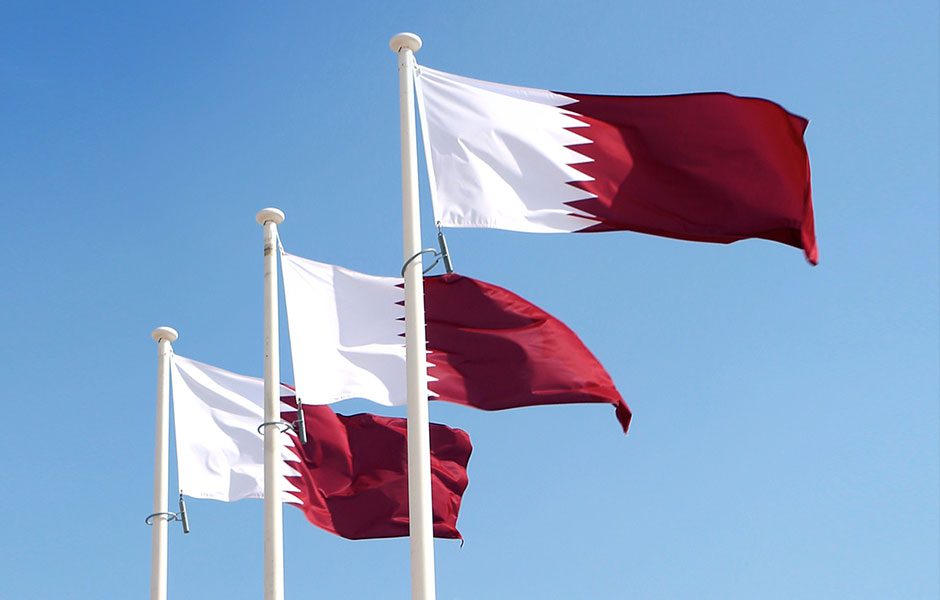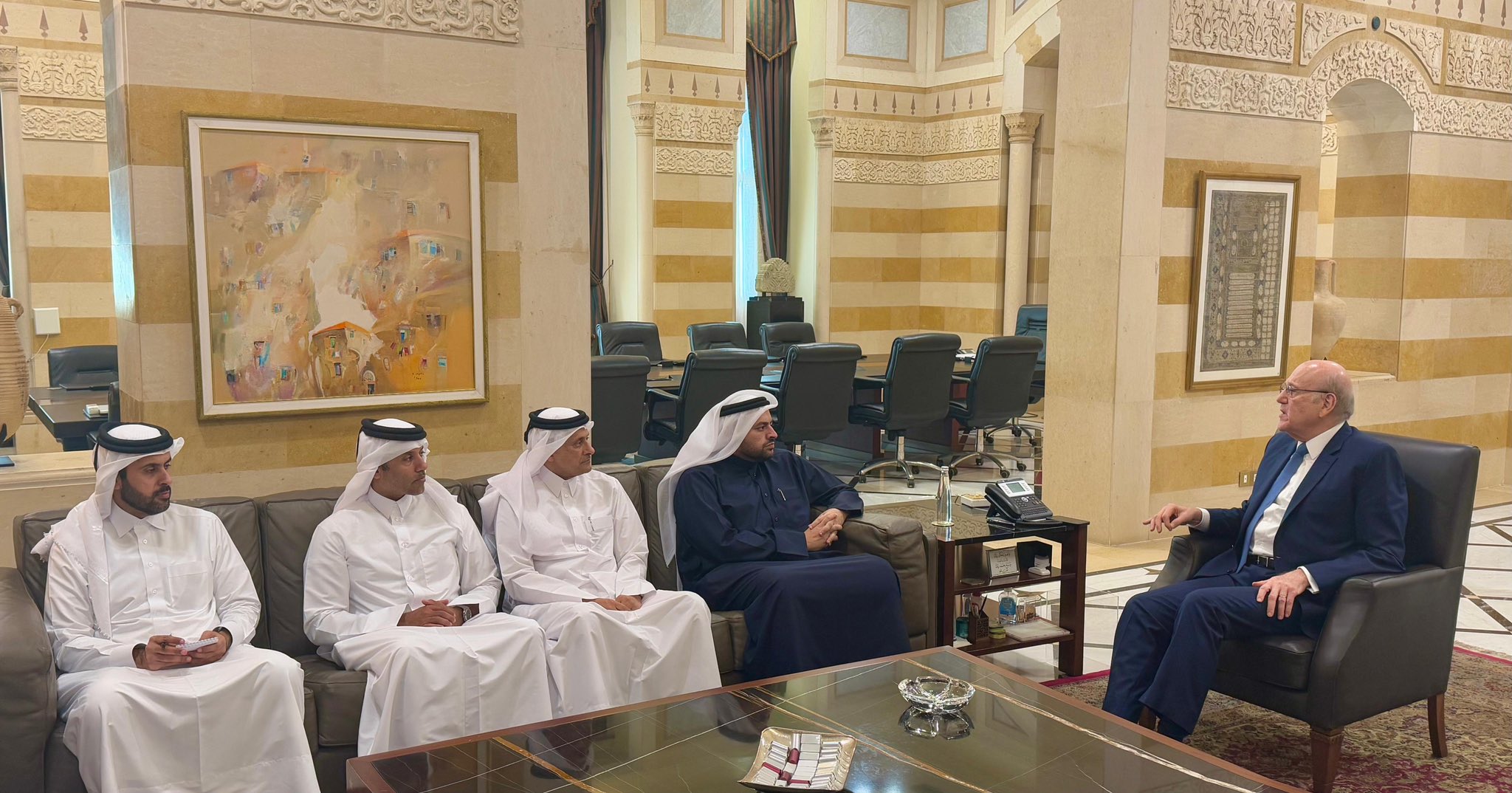
As Qatar moves full speed ahead on construction of half a dozen World Cup stadiums, a FIFA executive has cautioned a Doha audience against building “white elephant” facilities that will sit empty once the tournament ends.
Jürgen Müller, the head of planning and infrastructure at FIFA as well as the 2022 World Cup, made the remarks this morning at the annual World Stadium Congress, a three-day conference and trade show on developing large sporting facilities.
When it comes to World Cup stadiums, FIFA has its own unique venue requirements – such as having enough space for roughly 200 photographers to shoot from the pitch perimeter, for example.
But Müller’s message was that stadiums should also take into account local needs.
“Don’t build stadiums that (will) not (be) filled by your leagues or your teams. FIFA would like to avoid, by all means, white elephants,” he said, suggesting that some of his organization’s requirements could be met through temporary solutions.
Müller declined to speak to reporters after his talk.
After 2022
While the FIFA executive’s remarks were not directed at Qatar, they raise the question of how the country’s World Cup stadiums will be used after 2022.
One strategy is to attract other large-scale sporting events to Qatar.
Khalifa International Stadium, for example, will be one of the main venues for the IAAF World Championships in Athletics in 2019. And Qatar has said it is determined to bid again to host to the Summer Olympics.

Qatar’s stadium plans also include “modular” designs so that parts of the venues can be disassembled and scaled down after the World Cup.
The upper tiers are expected to be donated to developing countries that can then, in turn, build new football facilities.
“Qatar will be left with stadiums suitable for clubs in its domestic football league and for other sporting and cultural events,” the Supreme Committee for Delivery and Legacy (SCDL) said on its website.
That said, the new state-of-the art stadiums are being built in a country where local football clubs often have trouble filling existing venues, sometimes resorting to paying blue-collar expats to attend matches.
However, Müller suggested FIFA is working with local World Cup organizers to find other ways of ensuring Qatar’s new stadiums are utilized after the tournament.
“Sustainability was part of the concept for Qatar’s (bid in) 2010,” he said during his speech. “We will try to find local sustainable needs (for the facilities) and at the same time fulfill FIFA’s World Cup requirements.”
Handball
Separately this week, the government announced plans on utilizing two venues that were purpose-built for last year’s handball championships.
According to QNA, the Ministry of Culture and Sports said it had awarded a contract to operate the Lusail and Ali bin Hamad Al Attiyah multi-purpose sports arenas to a joint venture of Qatar’s Elan Group and US Life Nation Co.

The facilities are two of the three stadiums that were built for the 2015 World Handball Championships, which saw Qatar’s national team make a dramatic run to the finals and also included a series of star-studded post-match concerts.
Since then, the Ali bin Hamad Al Attiyah arena in Al Sadd were used for last fall’s AIBA World Boxing Championships.
And previously, handball organizers said the arena would be turned into the “main hall of Al Sadd Club.”

North of Doha, it’s not clear what events have since taken place at the Lusail Arena – which cost $130 million to construct, according to media reports.
Organizers said at the time of the tournament that studies were underway “to explore its transformation into a space dedicated for other entertaining activities, usable 365 days/year.”
Proponents said that they envisioned adding more landscaping to the stadium complex, including trees, playgrounds, an outdoor covered gym as well as walking, jogging and bicycling tracks.
Thoughts?







